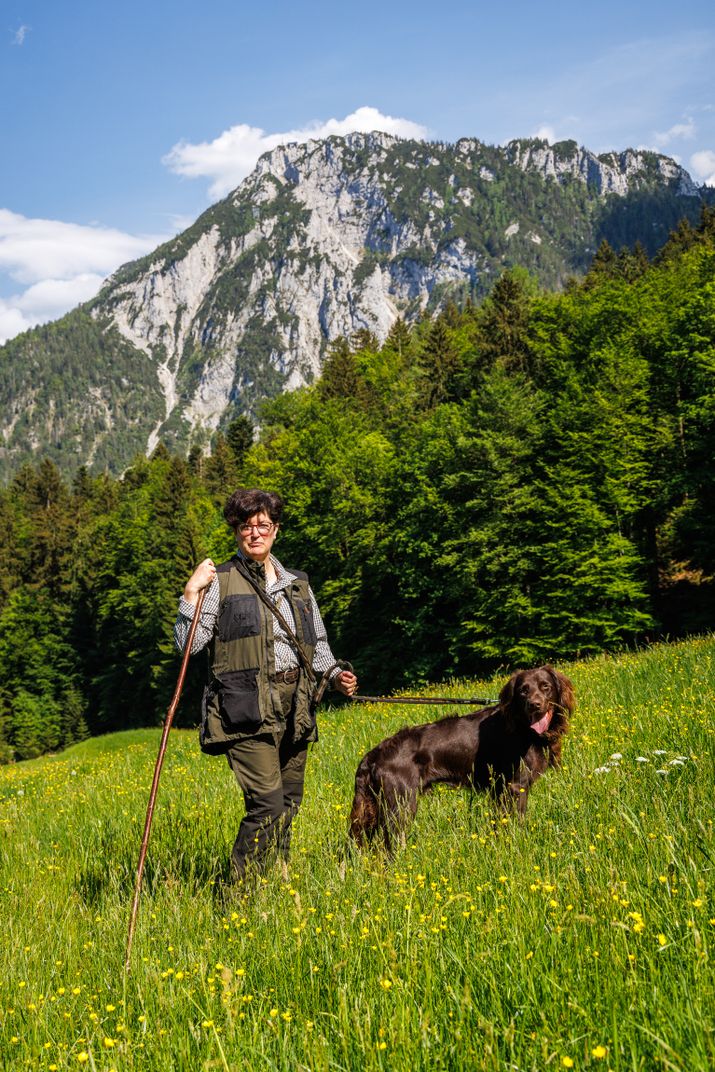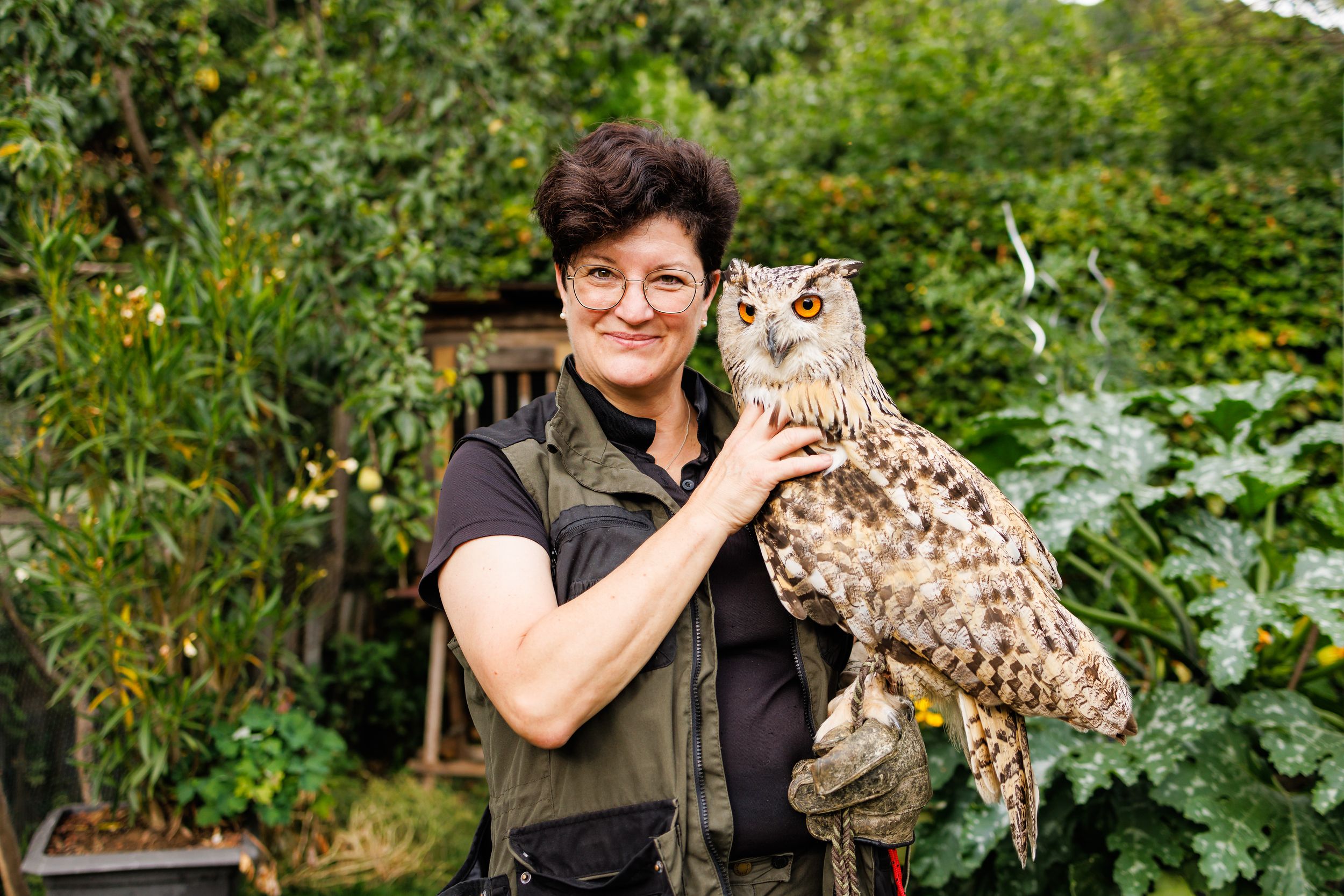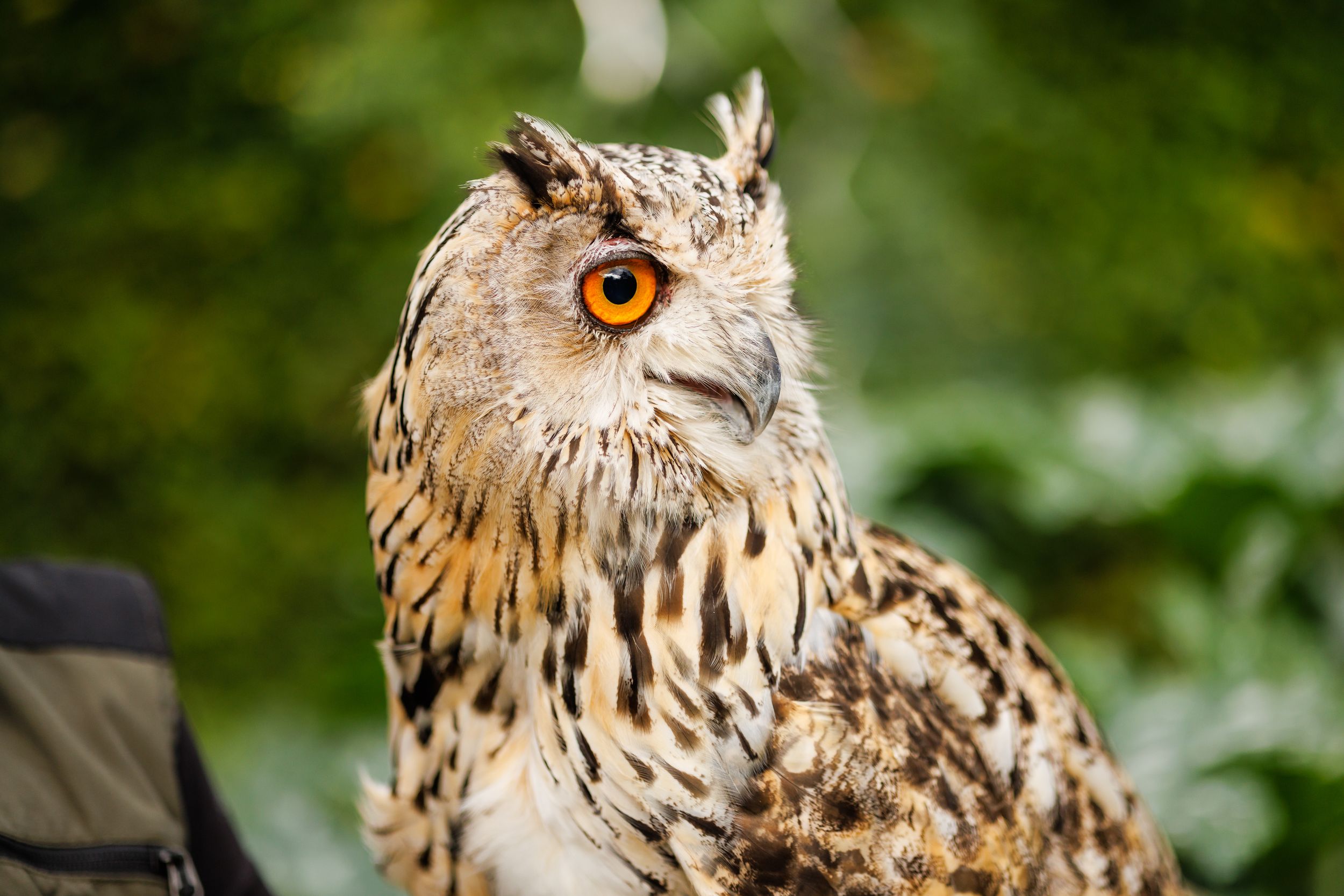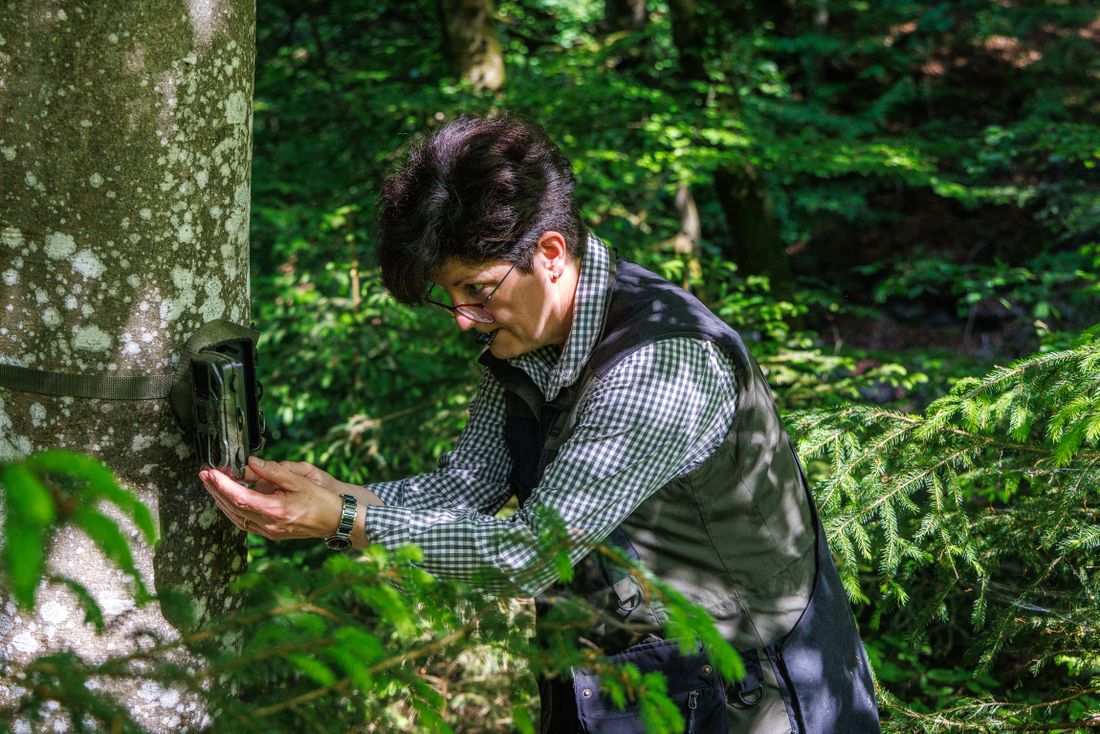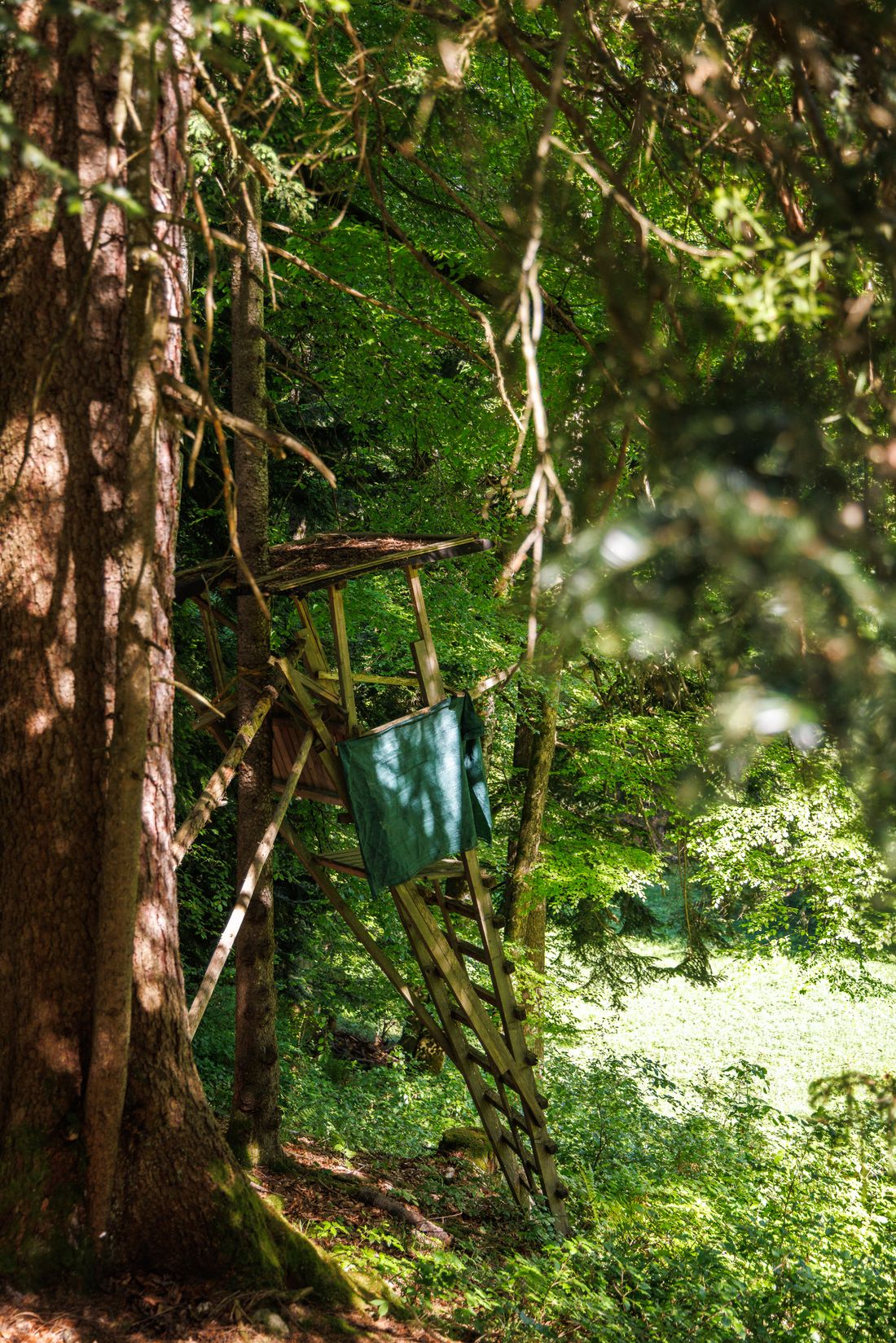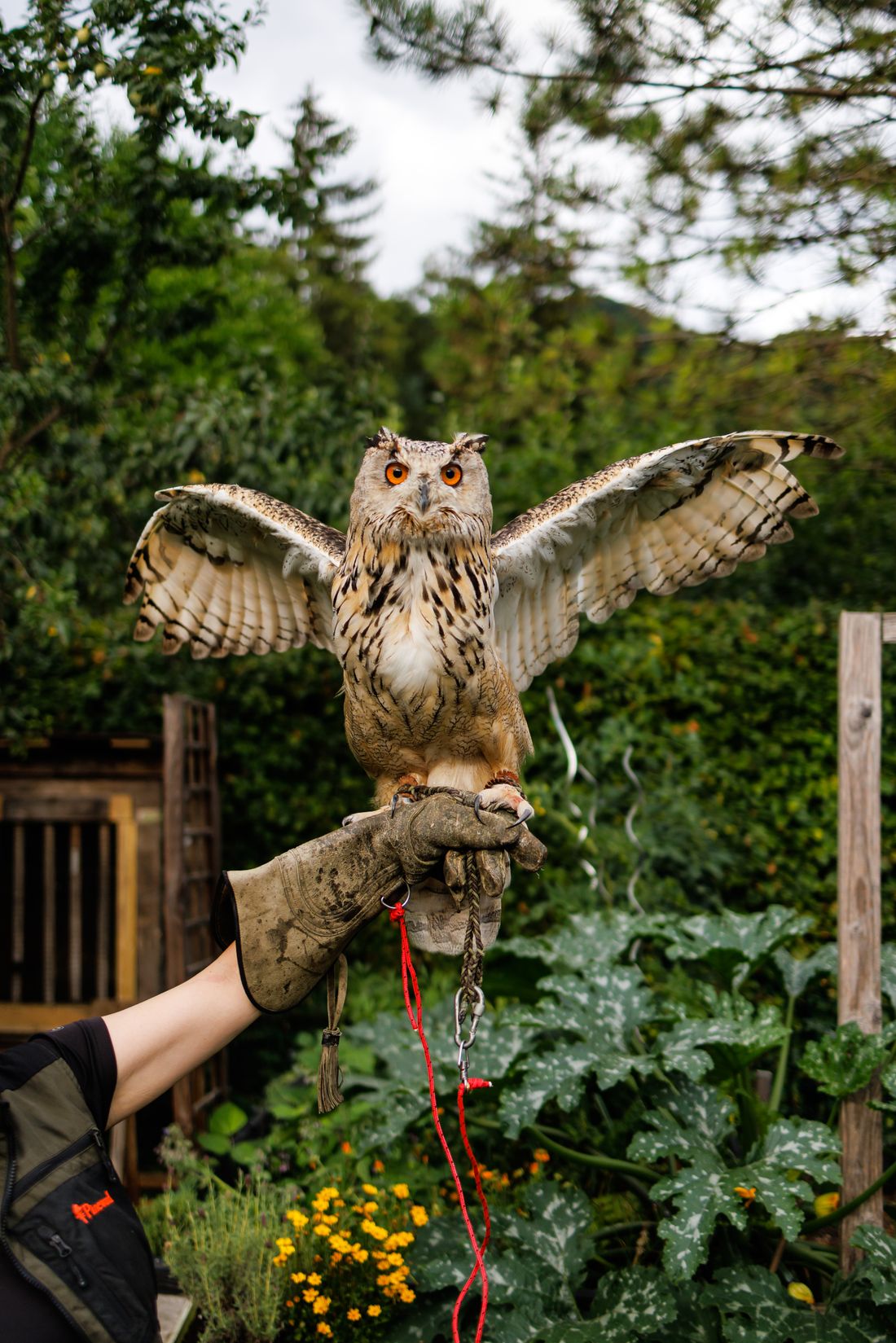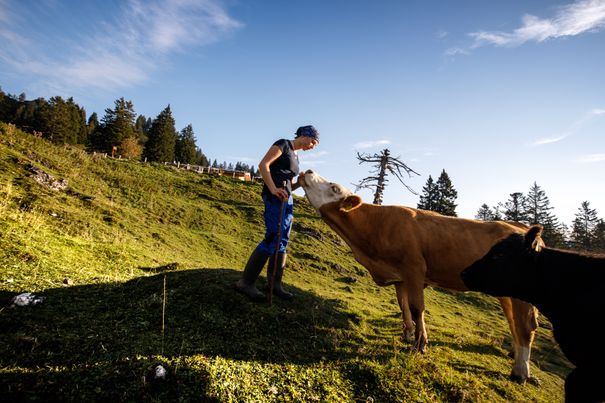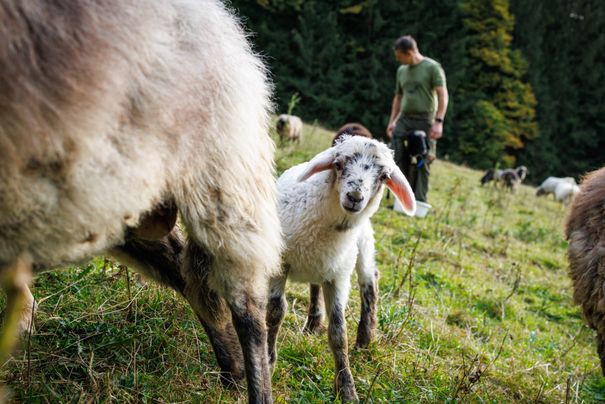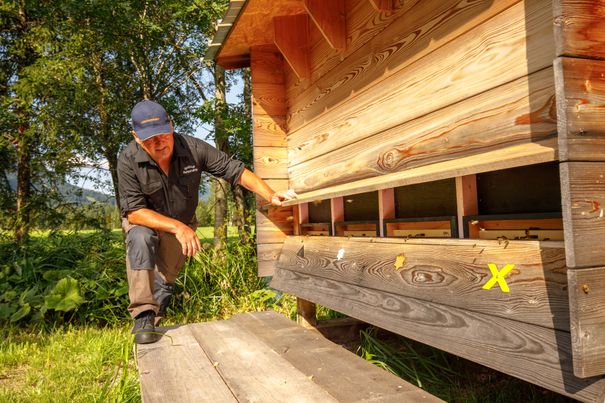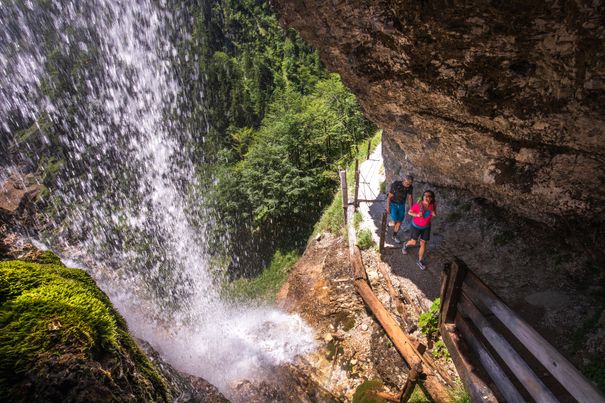Important information at a glance
Women on the rise
Martina Stawny-Wenta’s great grandfather was at one time the forester for the Princely House of Thurn und Taxis, her grandfather was the head forester of Ruhpolding and her father Gerhard Frank was president of the German Hunting Protection Association (DJV). “As children, my two sisters and I were always allowed to accompany him. We lived in Munich back then, his hunt was by the Ostersee and we drove out there every weekend. For example, we had to clean the fallen leaves from hunt platforms, so that you could creep up quietly or build seats.” Martina took the hunting exam herself in her mid-20s. There are currently about 70,000 people with a hunting licence in Bavaria.
Ten years ago, the proportion of women was still at ten percent. It has since risen to about 30 percent. The training is comprehensive: plants, animals, hygiene, laws, weapons. A total of 120 hours of theory, plus 60 hours of practice and shooting training on top of that “You actually have to know everything, from the flowers to the animal species, everything,” says Martina. The Bavarian Hunting Association is a recognised nature conservation association, and its highest priority is care. “We observe. We put out salt. In winter we provide additional food,” says Martina, giving a few examples. Her main job is working at the hospital. The hunting ground that she looks after, together with her husband Dieter, covers around 500 hectares. It lies at the foothills of the Unternberg. Martina is usually out and about in the morning or evening. In the mornings, she already starts an hour before sunrise. She plans in a lot of time because it takes quite a while for her own human smell to dissipate in the forest. Otherwise the game would scent her straight away. They have sensitive noses. “It’s not so bad in the evening, because so many people have already been out and about during the day in any case. Then I don’t stand out.”
